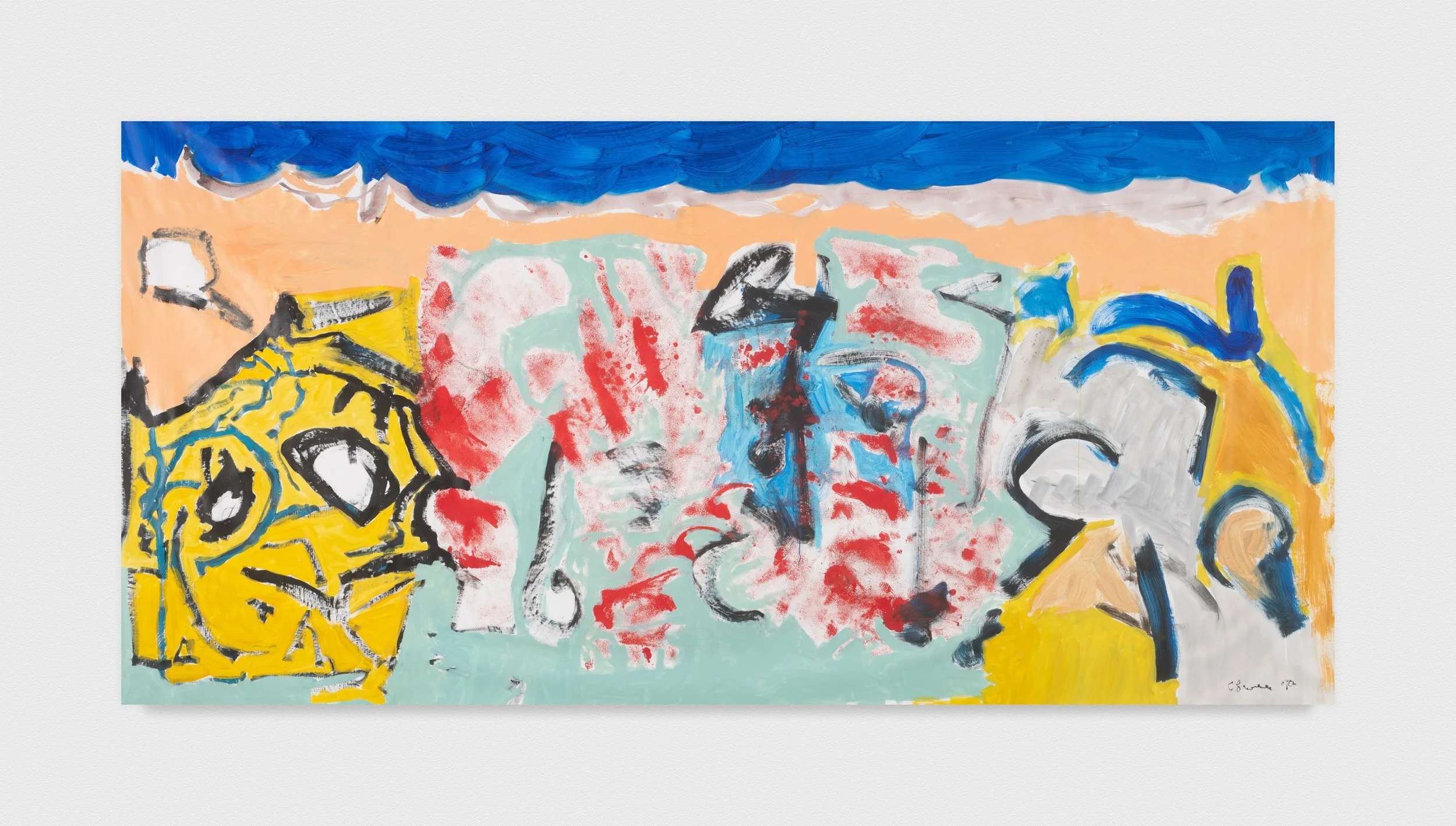CLAUDE LAWRENCE: REFLECTIONS ON PORGY & BESS
Venus Over Manhattan presents Reflections on Porgy & Bess, a solo exhibition of new paintings by Chicago-born, New York-based artist Claude Lawrence. Lawrence’s abstract paintings unfold sequentially, echoing the opera’s sweep and emotional impact through the artist’s radiant abstraction and confident improvisation.
March 14 – May 4, 2024
Born in 1944, Lawrence has spent many decades as a jazz saxophonist, painting throughout but shifting his primary focus in recent years to the visual arts. The exhibition at Venus, bridging his dual passions for music and painting, will be his first in New York City in a decade. On April 10th, the gallery will host a jazz performance and book signing with the artist.
Raised in one of the world’s great jazz capitals, Claude Lawrence found an early calling in music, attending a vocational school and falling in with a circle of Black musicians and visual artists. For many years, he toured the USA as part of a jazz trio, bouncing most frequently between NYC and Chicago. In the 1980s, he began to pursue painting with an energy that reflected his musical ambitions.
He knew many of these artists personally, as they ran in similar circles in Chicago and New York. But as his own practice evolved, so did the distinctiveness of Lawrence’s individual style: strategies familiar from improvisational jazz, particularly the free-associative thought and confident, intuitive strokes of gesture and tone, led him to huge sweeping marks, saturated and alive, that refuse to be easily defined.
Though written by a white Jewish composer, Porgy & Bess holds special significance in the history of integration and expansion of opportunity for Black artists. First performed in 1935, Porgy & Bess featured a classically trained, entirely Black cast. Anne Brown, the actress playing the role of Bess, was the first Black vocalist admitted to The Julliard School. When the production’s tour reached Washington DC in 1936, the cast protested segregation at the National Theater, leading to that institution’s first integrated audience for a performance.
For the new paintings on view at Venus, Lawrence has pulled inspiration from the sounds, themes, and characters of the opera, unifying psychological and expressive forces. Just as Gershwin has deployed musical motifs, Lawrence unites his compositions through repeated visual strategies that include layering and juxtaposing specific colors and duplicating energetic geometric shapes. Overture, which features a frenetic mix of bold primary colors and interlocking shapes, lays out the thematic and visual through-lines of the exhibition.
Numerous works in the exhibition take their titles directly from the songs or lyrics of Porgy & Bess, including The Stories You’re Liable to Read in the Bible, Gone, Rise Up, and most notably Summertime. The song Summertime is the most acclaimed and widely familiar number from Gershwin’s production, one that has been covered by such legendary Black performers as Ella Fitzgerald and Nina Simone, and that occupies a permanent place among standards in the American songbook.


